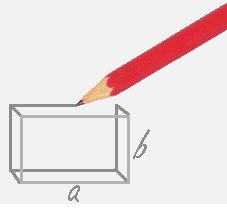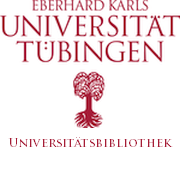Der thirdspace raumbasierter Gerechtigkeit und die anderen Orte Gottes in liberalisierten Gesellschaften
DOI:
https://doi.org/10.18156/eug-1-2013-art-7Abstract
Menschen und Räume gehören zusammen, konfrontieren einander aber auchmit Problemen von Ungerechtigkeit. Wer politisch, gesellschaftlich, wirtschaft-
lich, in der Strafverfolgung oder kulturell an der nachhaltigen Etablierung ge-
sellschaftlicher Unterschiede interessiert ist, wird das an Orten wie Minaretten,
Tatorten, Nachrichtenredaktionen, Videoclips im Internet, Börsen, Verkehrs-
infrastruktur usw. platzieren und diese mit Ausschließungs- sowie Einschlies-
sungsmechanismen versehen. Speziell der urbane Kontext stellt Gerechtigkeit
räumlich bereit oder verweigert sie als allgemeine Ressource durch räumliche
Privilegierungen. Der biblische Gott wird mit Aktivitäten für Gerechtigkeit an
Orten verbunden, die eine alternative Ordnung zum Thema machen. Diese
Orte sind anders als die Utopien einer Gerechtigkeitsversion, die auf räum-
liche Konkretisierung verzichtet und stattdessen ortsbezogene Disziplinier-
ungen einführt. Die heterotope Dimension von Gerechtigkeit wird an der
dreigliedrigen Raumstruktur des urbanen Kontextes deutlich, die im ›spatial
turn‹ von Henri Lefebvre und Michel Foucault herausgearbeitet wurde.
Eine konkrete pastorale Aktivität auf den thirdspace urbaner Gerechtigkeit
hin wird vorgestellt.
Human beings and spaces where they live, work, are engaged into cultural
and religious activities are interrelated. Without encouraging places human
beings cannot have a decent life and by spaces controlling by discipline
human beings are involved into experiences of powerlessness. One cannot
have society without dealing with places including or excluding people from
chances for economic success, religious freedom, cultural enrichment.
With a spatial grammar the discourse about justice is changed. At places
like minarets, crime zones, news rooms, web sites for event economies
claims for justice have a different function than within a discourse focusing
only on the subjects. The spatial grammar of justice is focused on urban
spaces where plurality in all ambiguity cannot be avoided. Here the place
confronting with the quest for justice has a threefold dimension and justice
becomes an activity of a ‹thirdspace›. A justice linked to God is realized at
spaces of this third dimension confronting with an alternative for ordering
human affairs. It has a heteropian mode challenging the utopian expectat-
ions of justice without a spatial focus. An example of a pastoral activity
introducing spatial justice within an urban context is discussed.






